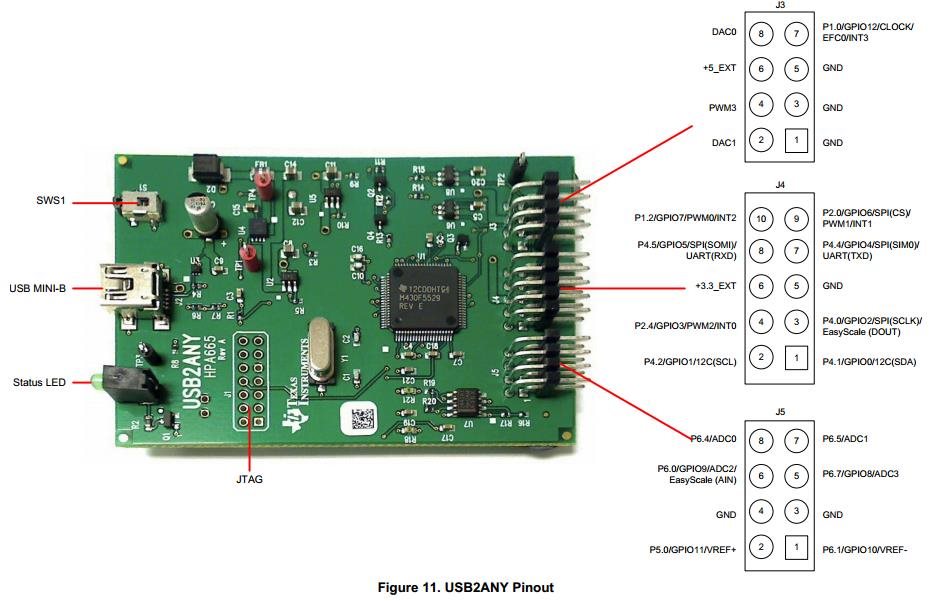Hi Timothy,
I have problem getting correct clock output frequency from LMK04828. So here is my set up:
1. using CLKin1/Fin as the external VCO, and the input clock frequency is 1GHz.
2. set the DCLK_DIV0 and DCLK_DIV10 to 5 to get 200MHz output clock
3. set DCLK_DIV12 to 8 to get 125MHz output clock
4. set SYSREF_DIV to 40 to get 25MHz output SYSRE( output SYSREF from SDCLK3)
5. all my clock output format is set as LVDS signal
So the problem I encountered is that my DCLK0 and DCLK10 are not able to output correct clock frequency, whereas my DCLK12 and SDCLK3 outputs are correct.
Once I double the DCLK_DIV0 and DCLK_DIV10, so now that are 10, and those two output ports are able to output correct clock frequency at 100MHz. It is almost like there is a restriction of the frequency that can be outputted. Do you have any idea what might be the problem?
Thank you very much!
Angela


